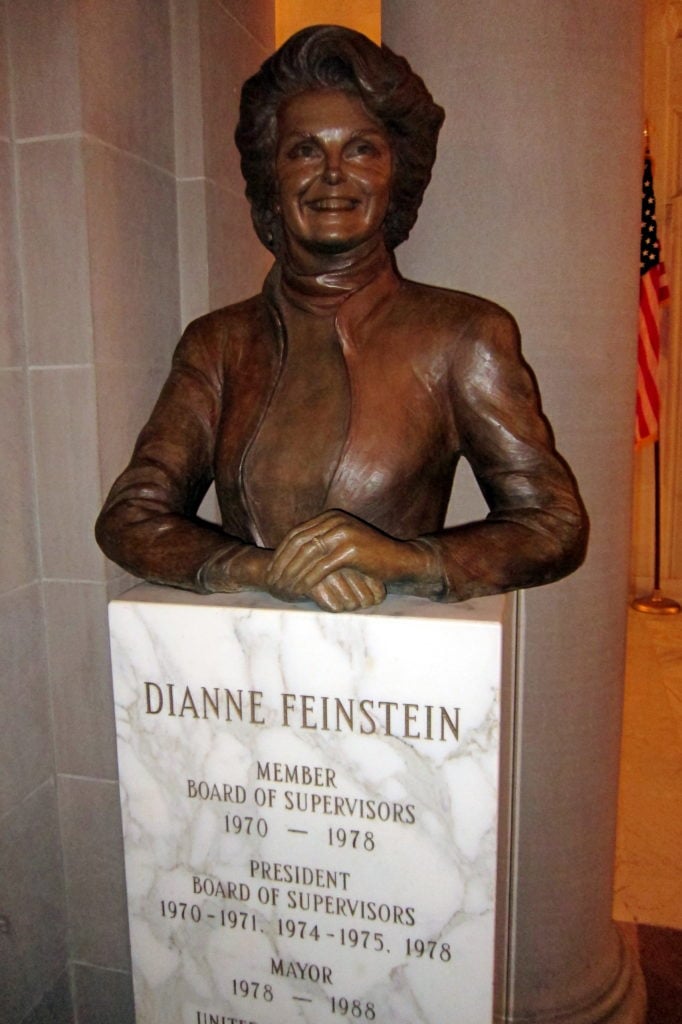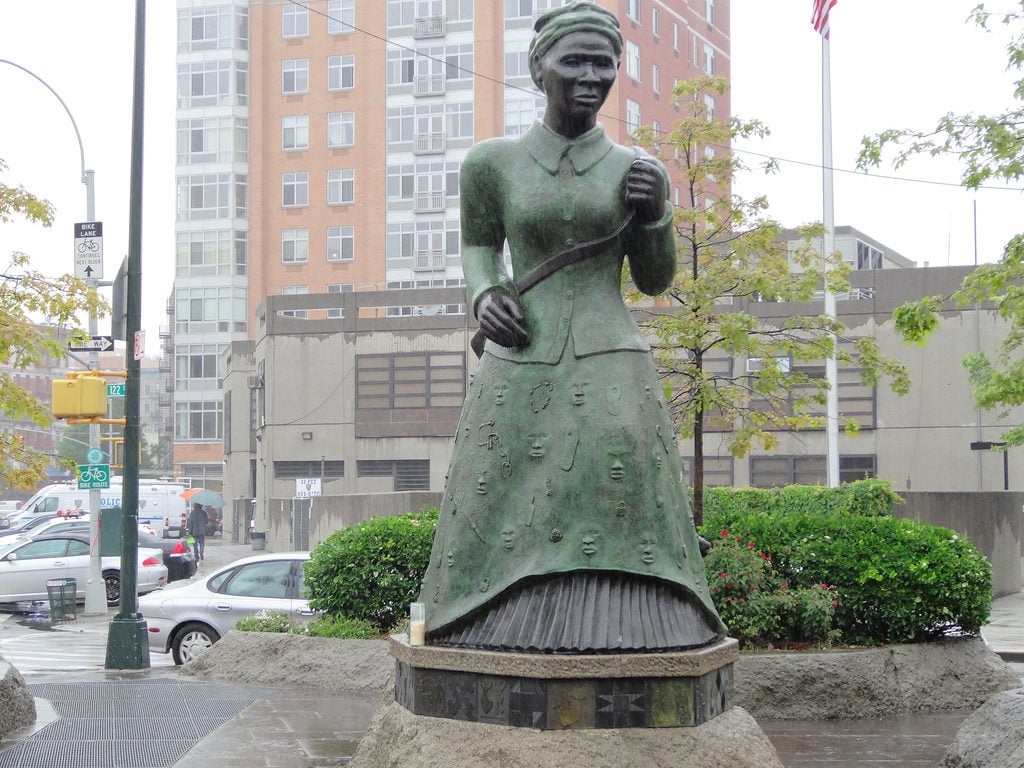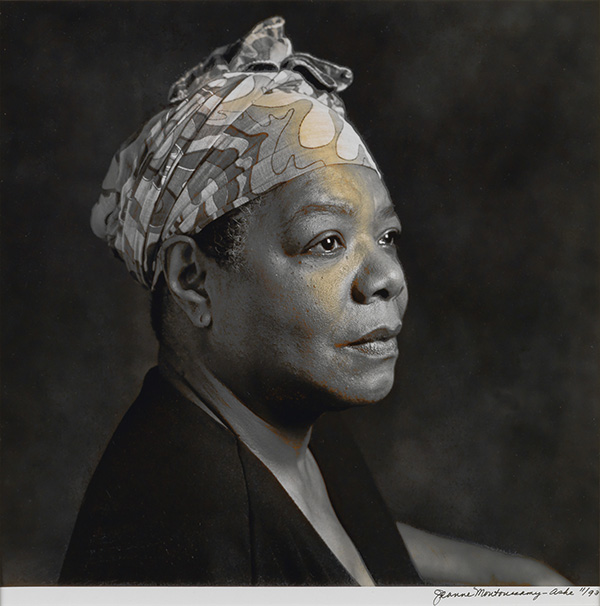Art World
Almost All of San Francisco’s Statues Are of Men, So the City Is Setting a Quota for Statues of Women
The first new statue under the ordinance—only San Francisco's fourth of a non-fictional woman—will be of poet Maya Angelou.

The first new statue under the ordinance—only San Francisco's fourth of a non-fictional woman—will be of poet Maya Angelou.

Sarah Cascone

Acknowledging that its public art sculptures are overwhelmingly male, San Francisco has passed a new ordinance introducing a quota requiring that at least 30 percent of new artworks being installed on city streets depict real-life women. Currently, there are only three statues of nonfictional women in San Francisco—compared to 84 of historical men.
“Across our nation, women are underrepresented not only in leadership positions but also in public spaces,” said Catherine Stefani, of San Francisco’s board of supervisors, in a statement. “The accomplishments of great women deserve to be recognized alongside the accomplishments of great men.”
Stefani, who represents the city’s second district, sponsored the initiative, which was originally proposed in June 2017 by her predecessor Mark Farrell. (The board of supervisors appointed Farrell as the city’s mayor in January following the death of Mayor Ed Lee; Farrell served in the role until July, after a special election was held.)
Other cities have similar gender disparities in public statues. In New York, most public statues of women represent allegorical figures, such as the Statue of Liberty, or fictional characters, such as the beloved Alice in Wonderland in Central Park—only five honor real-life women, compared to nearly 150 of men. (The New York City Parks Department is now planning a monument to suffragette leaders Elizabeth Cady Stanton and Susan B. Anthony, and the Department of Cultural Affairs invited the public to nominate other female candidates for the She Built NYC initiative, which will commission a public artwork honoring women’s history in New York.)

This statue of Harriet Tubman in Harlem, one of only five public statues in New York City depicting historical women, is by Alison Saar. Photo by denisbin, via Flickr Creative Commons.
Currently, San Francisco only honors nurse Florence Nightingale, artist Georgia O’Keeffe, and US Senator Dianne Feinstein, the first woman ever elected as mayor of San Francisco—the second, London Breed, only took office this year.
The city’s board of supervisors passed the ordinance, which also establishes a Women’s Recognition Public Art Fund “to accept gifts to pay for the design, construction, repair, maintenance, and improvement of public art depicting historically significant women,” in a unanimous vote on September 26. The legislation also applies to plaques and the names of public buildings and building rooms, streets, and parks.
Quartz called it “affirmative action, but for art,” but pointed out that San Francisco might also want to consider who is making this public art. According to the Smithsonian, only 15 percent of the city’s 358 public artworks in San Francisco were made by female artists.
By this time next year, the city will have a list of all the historical figures so honored, in order to track the gender ratio as it improves under the new ordinance. There will be annual progress reports from the Department of the Status of Women. Even though the quota is only 30 percent, Stefani’s ultimate goal is to have equal representation of men and women in San Francisco public art.

Jeanne Moutoussamy-Ashe, Maya Angelou (1993). Photo of Courtesy Swann Auction Galleries.
That will start with a bust of poet and civil rights activist Maya Angelou, who moved to San Francisco as a teenager. She became the first black woman to serve as a city streetcar conductor when she was just 16. The statue is expected to cost $400,000 and to be installed in front of the city’s Main Library in 2020, in time for the 100th anniversary of women receiving the right to vote under the 19th Amendment.
“The Maya Angelou statue is a first step to accomplishing full representation of women in our city,” Stefani told the San Francisco Examiner. “When we see streets, public buildings and works of art we will finally see the women who have impacted the world.”